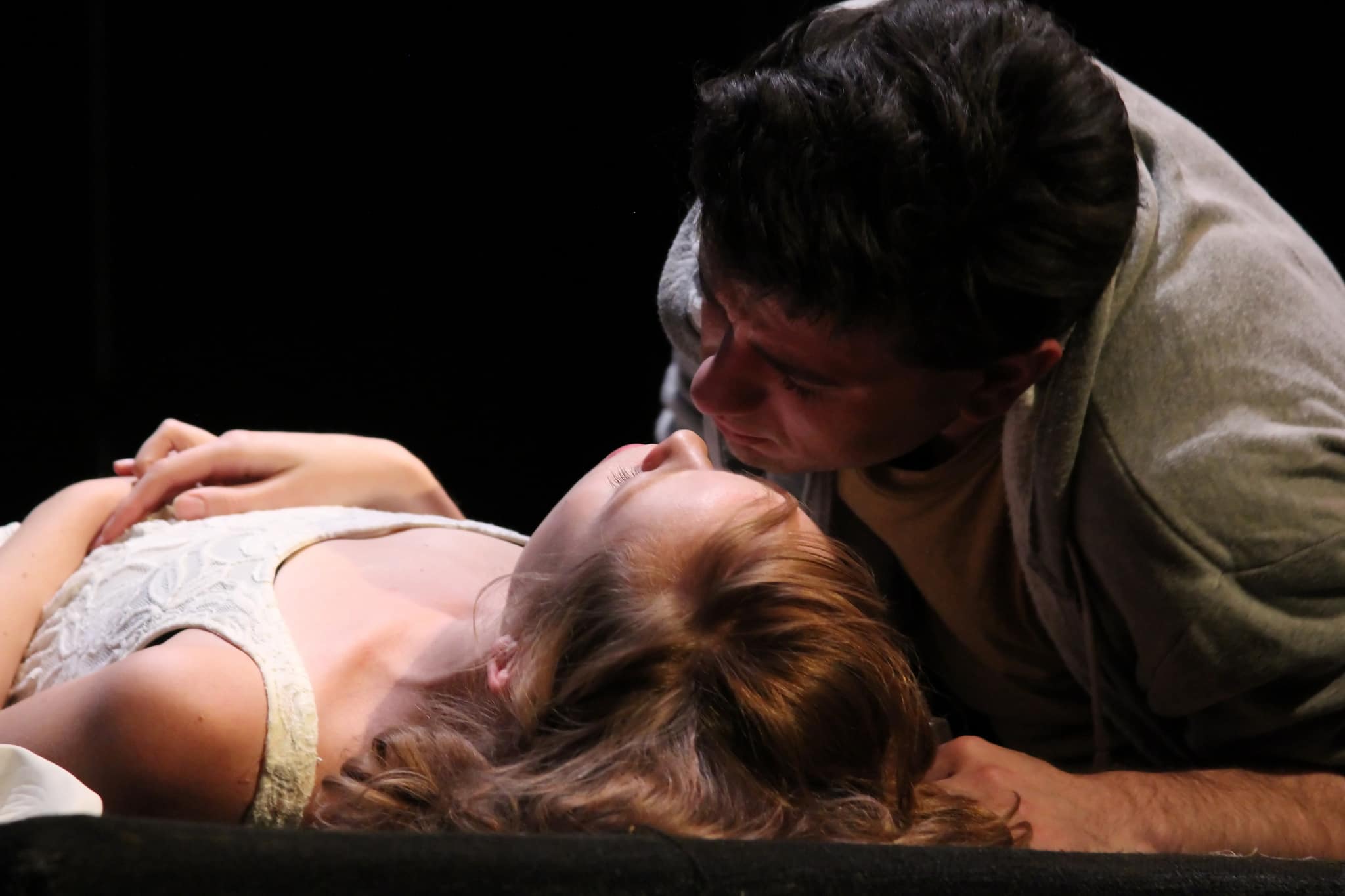Hart House Theatre transported audiences to a fictional modern Italy as a talented young actor named Scott Moore took centre stage in a worn leather jacket, introducing the woeful tale of two star-crossed lovers set “in fair Verona.”
Although set in modern times, Hart House’s rendition of Romeo and Juliet remained true to Shakespeare’s original language and the result was nothing short of audacious: thugs recited lines of blank verse and duels were fought with ringing swords and fiery handguns. It was a smash.
Most people are familiar with the story of Romeo and Juliet: two unlucky teenagers of enemy families become lovers and, ultimately, commit suicide. Hutton’s modernization, with its Italian hip-hop, flashing lights, and contemporary dress are put to use in recreating the all-consuming experience of adolescent love.
The play started off strong, immediately setting up the conflict between the House of Capulet and the House of Montague, and instantly captured the audience’s attention with a startling set. The contemporary wardrobe choices also work well. Romeo’s yellow shirt, blue jacket, dark jeans, and grey Chuck Taylor sneakers resemble Tony’s costume in West Side Story. His cohort, Benvolio, dresses in purple pants, loafers, and hipster glasses, while the lower classes in the play wear belly tops, booty shorts, and wife-beaters, highlighting the disparity between the rich and poor.
Paolo Santalucia, who plays Romeo, and his wide-eyed love, played by Darwin Lyons, are wonderful. The dynamic duo has their onstage chemistry down pat, and couples in the audience definitely started squeezing hands when Juliet declares, “My bounty is as boundless as the sea, my love as deep; the more I give to thee, the more I have, for both are infinite.”
The supporting cast is also uniformly exquisite, including Joshua Browne, Jeremy Lapalme and Jonathan Sousa — who play Mercutio, Benvolio and Tybalt, respectively — and Lesley Robertson, who plays the Nurse. Browne and Robertson often steal the scene with their witty, sharp banter, infusing the tragic trajectory of the play with comic relief. The audience threw their heads back in laughter when Mercutio looks up the Nurse’s dress and gleefully insinuates that she is a prostitute: “No hare, sir, unless a hare, sir, in a Lenten pie — that is, something stale and hoar ere it be spent.”
The triumph of Hart House’s production of Romeo and Juliet is in the details: a Renaissance-inspired backdrop, eclectic soundtrack, thrilling fight sequences and slow motion choreography in the famous scene where Romeo sees Juliet from across the room. The play also employs a powerful use of darkness as a visual motif: the play both opens and closes in pure, enveloping darkness, perhaps symbolizing the secrecy of Romeo and Juliet’s love and the inevitable nature of their death. The resulting aesthetic is dazzling; a treat for the eyes and ears.


